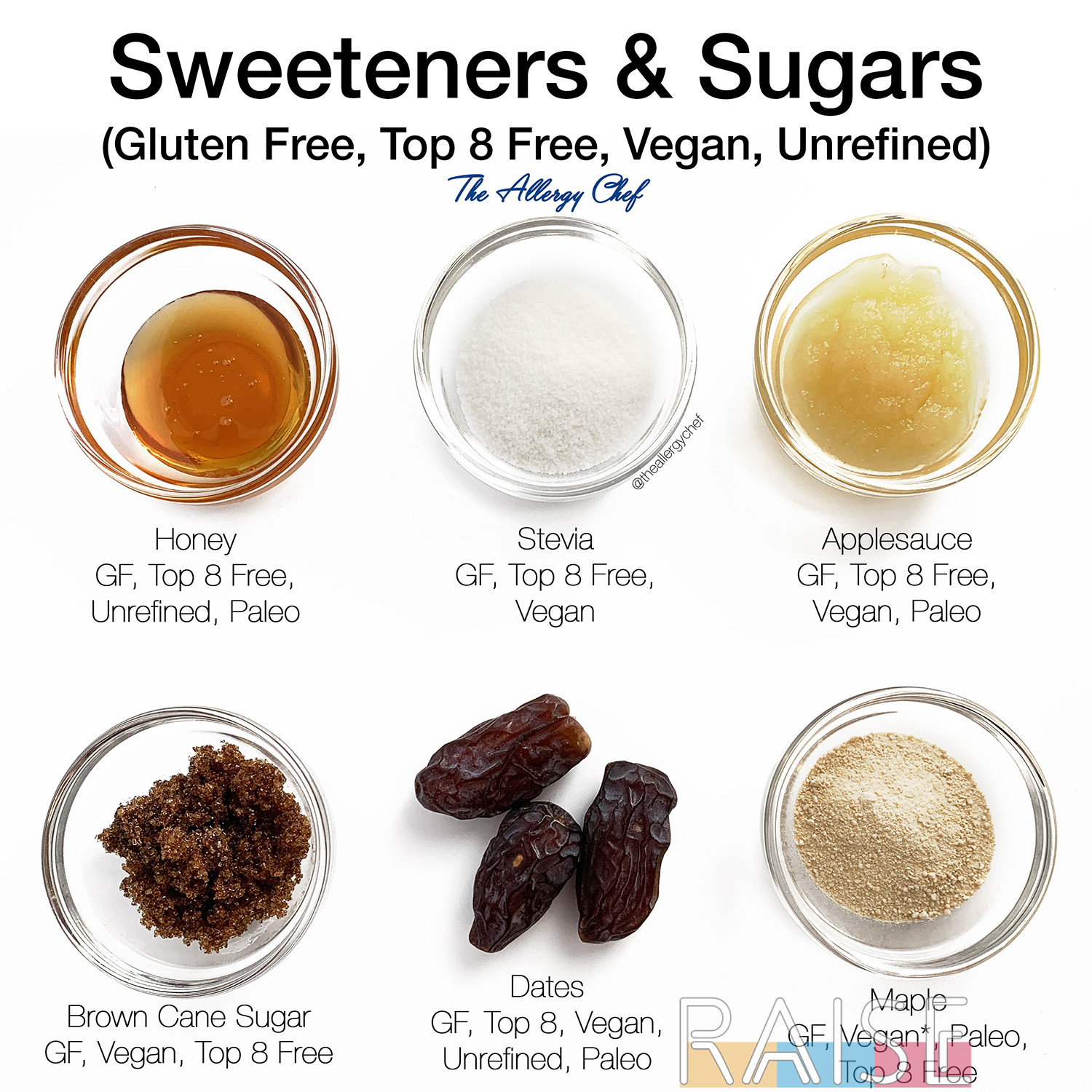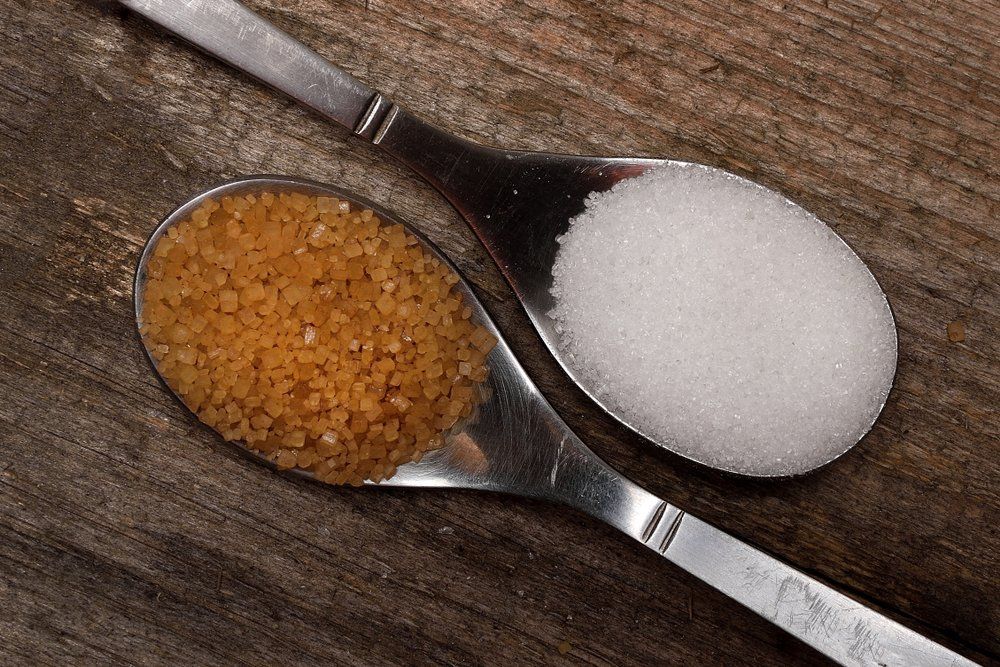Beet Sugar vs Cane Sugar: Comparing the Production of Sugar Crystals
Wiki Article
The Ultimate Comparison: Beet Sugar vs. Cane Sugar Explained
The contrast in between beet sugar and cane sugar offers an interesting expedition of 2 primary sweeteners in the culinary globe. While both sugars share an usual structure of sucrose, their origins, refining techniques, and flavor accounts deviate dramatically.Beginnings of Sugar Resources
The origins of sugar resources are primarily rooted in two unique plants: the sugar beet and the sugar cane. Sugar cane, a tropical lawn native to Southeast Asia, has actually been cultivated for over 2,500 years.In contrast, sugar beet is a reasonably modern-day resource, developed in Europe throughout the late 18th century as an action to sugar cane shortages. The plant thrives in pleasant climates, making it appropriate for cultivation in regions such as France and Germany. The effective removal of sugar from beetss marked a substantial agricultural improvement, as it offered a different to cane sugar, especially throughout periods of profession interruption.
Both plants have played important duties fit the worldwide sugar sector. Their distinct development settings and historical contexts illustrate the variety of sugar resources, ultimately influencing local farming techniques and economic advancement.

Handling Approaches Clarified
Numerous handling approaches are utilized to draw out sugar from both sugar beet and sugar cane, each customized to the details features of the resource material. When it comes to sugar beetss, the process starts by collecting the origin and after that washing it to get rid of dirt and pollutants. The beetss are then cut right into thin strips, referred to as cossettes, and subjected to warm water removal, which dissolves the sugar. The resulting juice undergoes explanation, where lime and warmth are utilized to remove impurities. This juice is after that concentrated through dissipation and condensation, yielding raw sugar.On the other hand, sugar cane handling involves a various method. Initially, the cane is harvested and mechanically crushed to extract the juice. This juice is after that clarified, typically utilizing heat and lime, to get rid of impurities. The cleared up juice is concentrated with dissipation, similar to beet sugar processing, prior to crystallization happens. Both procedures culminate in the manufacturing of raw sugar, which may undertake further refining to accomplish the desired pureness and top quality. In spite of the distinctions in their initial handling phases, the end items are largely comparable, causing sugar that is chemically equivalent.
Nutritional Distinctions

When comparing beet sugar and cane sugar, significant dietary distinctions emerge, though they are commonly refined. Both kinds of sugar are largely made up of sucrose, providing roughly the same caloric content-- roughly 4 calories per gram. The distinctions exist in their trace mineral material and the existence of specific compounds that may have marginal dietary ramifications.
Beet sugar includes percentages of calcium, potassium, and iron, while cane sugar typically supplies a little higher concentrations of these minerals. In addition, cane sugar may retain even more all-natural molasses during handling, which can add to trace quantities of anti-oxidants and other advantageous compounds. This is specifically true for less polished ranges, such as raw cane sugar.
In spite of these differences, both beet and cane sugars are predominantly made up of basic carbohydrates, with a high glycemic index, bring about comparable results on blood glucose levels. While there are small nutritional differences, the general health influence of consuming either kind in moderation continues to be largely equivalent. People looking for to lessen sugar intake for wellness reasons must take into consideration both kinds with equivalent scrutiny, concentrating on overall nutritional patterns rather than the resource of sugar
Taste Profiles Contrasted
Taste profiles of beet sugar and cane sugar show distinctive characteristics that can influence their culinary applications. Cane sugar, usually perceived as having a more complicated, nuanced sweetness, is obtained from the high yard of the sugar cane plant.On the other hand, beet sugar, extracted from sugar beetss, is known for its cleaner, much more simple sweet taste. This top quality makes it specifically ideal for dishes requiring a neutral sweetening agent that allows other flavors to shine. Some culinary professionals suggest that beet sugar may leave a slightly earthy aftertaste, which can be undesirable in delicate desserts.
Furthermore, the perception of sweetness intensity varies between both, with some tasters determining cane sugar as sweeter compared to beet sugar at equivalent measurements. Ultimately, the choice between beet and cane sugar might rely on the specific application, with each sugar offering unique qualities that can improve or enhance different meals. Understanding these distinctions permits notified decisions in cooking techniques.

Environmental Effect
The environmental influence of sugar production-- whether from beet or cane-- has amassed raising attention in the last few years because of its implications for sustainability and environmental health. Both sugar resources show unique ecological footprints, affected by farming practices, land usage, and resource usage.Cane sugar production commonly necessitates big locations of tropical land, which can result in logging and loss of biodiversity. Additionally, the growing of sugarcane is regularly related to high water usage and substantial pesticide and fertilizer application, adding to dirt degradation and water pollution.
On the other hand, beet sugar is predominantly grown in warm areas, usually requiring much less water and land. Nevertheless, its farming can still include using chemical inputs, influencing local ecological communities. Moreover, the energy-intensive handling of beet sugar can add to greenhouse gas exhausts.
Lasting farming techniques and advancements in technology are vital for alleviating the ecological influences of sugar manufacturing. Organic farming techniques, incorporated bug monitoring, and click to investigate efficient water use can boost the sustainability of both beet and cane sugar industries, ultimately leading to a reduced Look At This ecological impact and a much healthier world.
Conclusion
In summary, the contrast in between beet sugar and cane sugar highlights both resemblances and distinctions that influence their application. While both kinds of sugar share a main composition of sucrose, their taste accounts, processing approaches, and ecological influences vary significantly. Cane sugar is characterized by its complex sweetness, while beet sugar offers a much more straightforward preference. Eventually, the choice in between these two sugars need to be assisted by particular culinary requirements and environmental considerations, permitting notified decision-making.
The beginnings of sugar sources are largely rooted in two distinctive plants: the sugar beet and the sugar cane.Numerous processing techniques are employed to draw out sugar from both sugar beet and sugar cane, each tailored to the details qualities of the resource product.Beet sugar consists of small amounts of calcium, potassium, and iron, while cane sugar commonly provides somewhat greater focus of these minerals.In spite of these differences, both beet and cane sugars are primarily made up of easy carbs, with a other high glycemic index, leading to comparable results on blood sugar levels. Cane sugar, typically regarded as having a more complex, nuanced sweetness, is obtained from the high yard of the sugar cane plant.
Report this wiki page